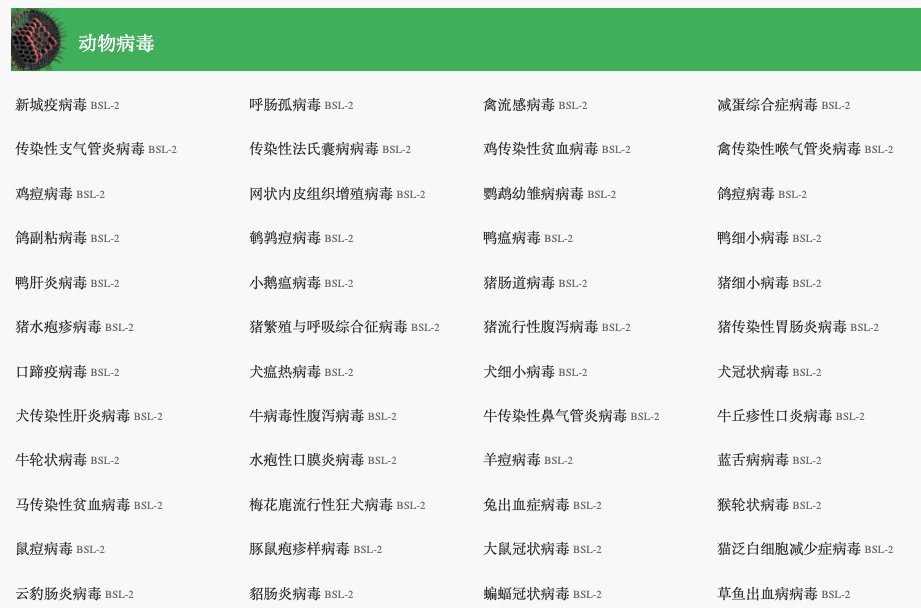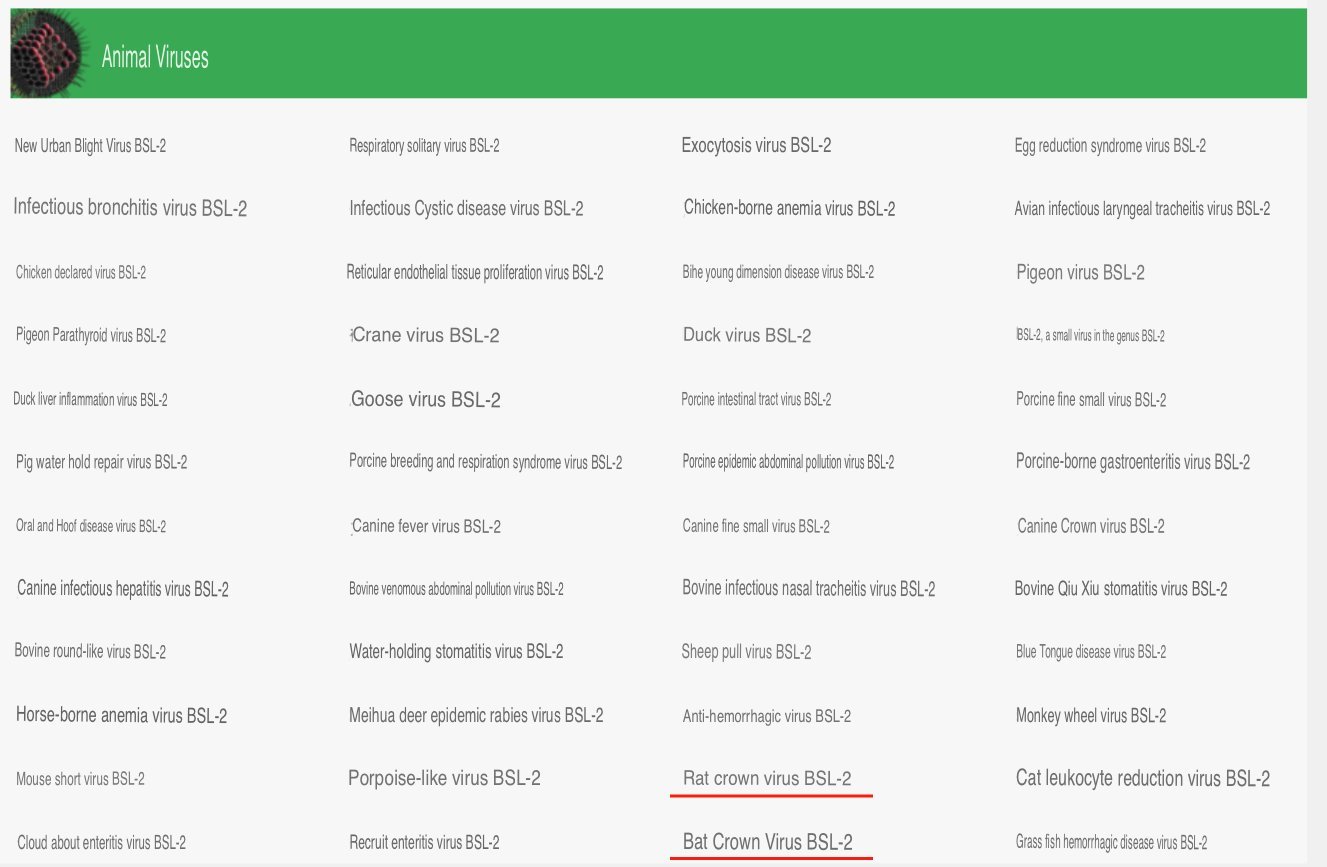Some notes on BSL-4 biosafety - example of pressure suits
Let's talk about BSL4 positive pressure suits.
Here is Shi ZhengLi in her Delta (French) suit, manufactured by Sperian Protection (Honeywell). Also called the 'white' suit. 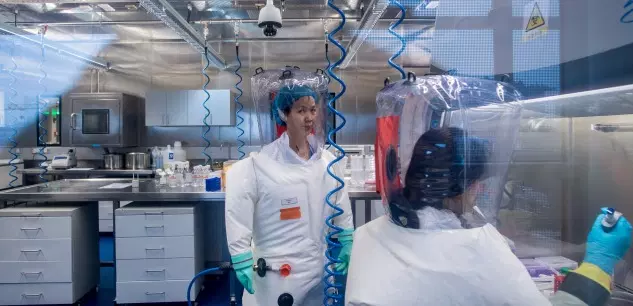
Basically you have the choice between the White, Blue and Yellow suits. 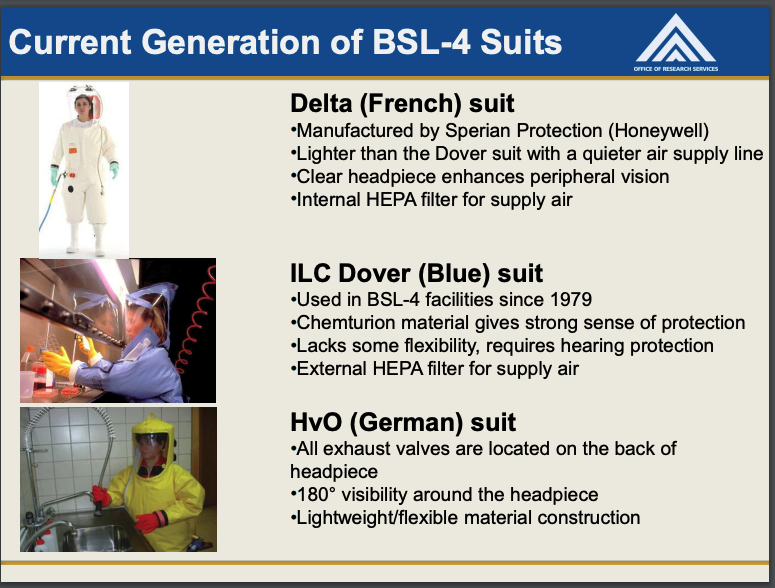
Practically they all suck in one way or another, and are prone to breaking.
"The Delta (Sperion) suits just don't last long - even with lighter use"
The Delta suit is the suit used at the WIV.
That's where the positive air pressure comes in otherwise it would be really lethal. 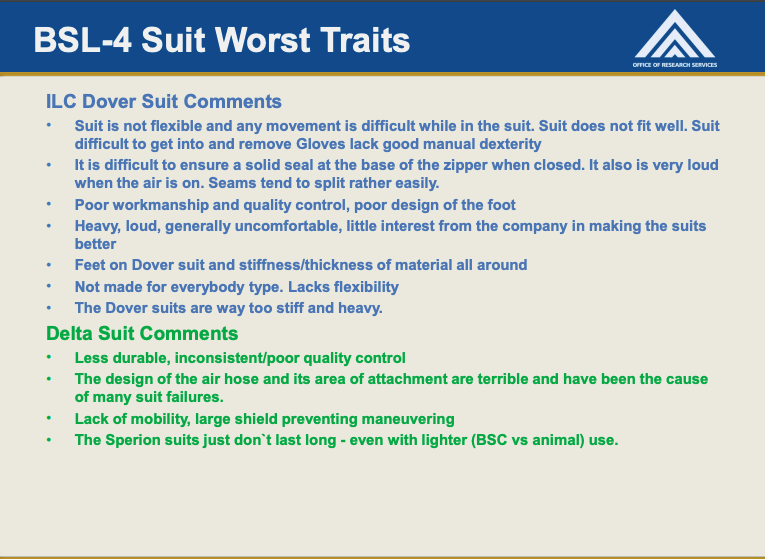
"While Delta has made a number of significant improvements [--], their quality control stinks".
Good to know.
absaconference.org/pdf54/SessionX… 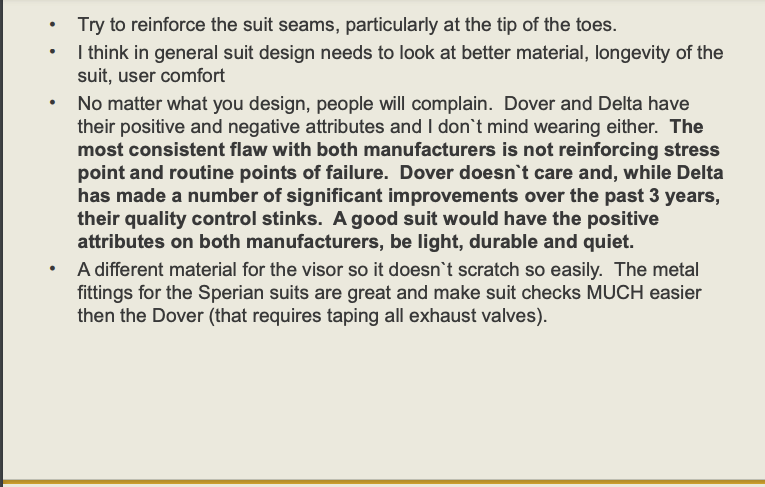
Mind you if you go for the Yellow or Blue one, it's not really better.
Then there are the BSL-4 Management 'Complications':
'Divide in experience coupled with larger facilities increasing the size of the BSL-4 work force could lead to more accidents' 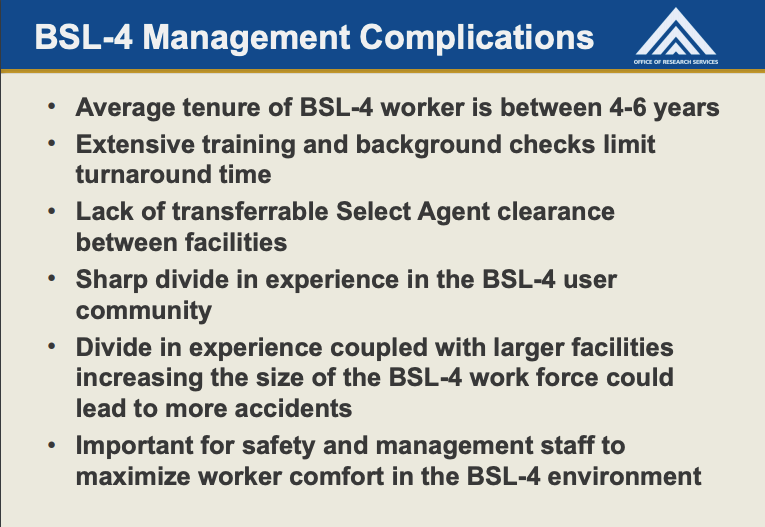
So what do you do when your suit falls to pieces?
Well you fix it with glue, tape, sealant and some material.
One company in China does just that:
One downside of the WIV Delta (White) suit is that you cannot test the integrated HEPA filter.
Still it's often the preferred suit. It just does not last long. Better be careful.
Here is another good comparison of the 3 standard suits.
liebertpub.com/doi/pdf/10.117…
Now I want to be clear: this thread is about lab risk management practices, with a good BSL-4 example.
It is NOT about SARS-CoV-2.
I have always been very clear that BatCoV research is done at P2 or P3.
From my probabilistic paper and from my Medium article: 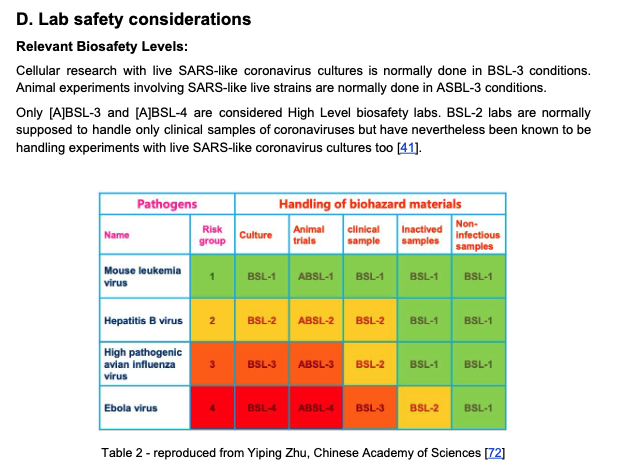
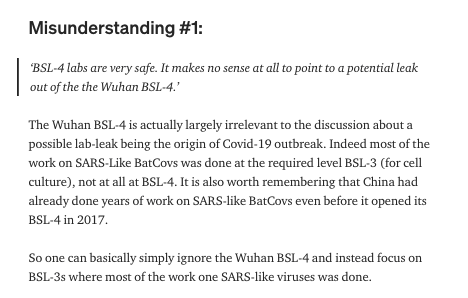
What this shows in terms of lab safety is interesting.
This BSL-4 suit example shows that risk is first and foremost about people and processes.
One can build a top BSL-4 on paper, but the biosafety may anyway fall apart with bad trainings and bad practices.
Case in point: these BSL-4 suits get easily damaged.
So one needs to inspect them regularly, throw them away after a while and keep buying new ones. What is the WIV policy on this?
Also the suit HEPA filter is not easy to inspect. What is the WIV process for their inspection?
And why on earth would a Chinese company be set up to 'fix' these BSL-4 suits, in collaboration with Chinese research institutes?
It's much safer to replace them (and don't forget the HEFA filter too).
researchgate.net/publication/33…
In any case you can buy the White suits for around $300 (Rs 25,000 below via an Indian distributor).
They are cheap because you are supposed to just replace them instead of patching them. 
The plastic won't last. And it's not meant to last.
What happens when it starts breaking up? The pressure difference may drop, with possible contamination of the inside.
Good luck with that. Do they clean it inside-outside before sending it for repair?
Don't patch - throw away. 
If nuclear power stations were run this way (the Chernobyl way) we would be finished.
The problem with lab biosafety is that the human component is very large, with so many ways of messing things up - all duly explored thanks to human nature. 
----o0o----
Note: Going back to the side discussion about P2/P3 for coronaviruses, see archivedhttps://web.archive.org/web/20171023053516/http://www.virus.org.cn/resource/.
This was from http://www.virus.org.cn, which like many other Chinese pages has now been taken offline.
蝙蝠冠状病毒 BSL-2 -> Bat Coronavirus BSL-2
Same with rodent coronavirus 大鼠冠状病毒.
